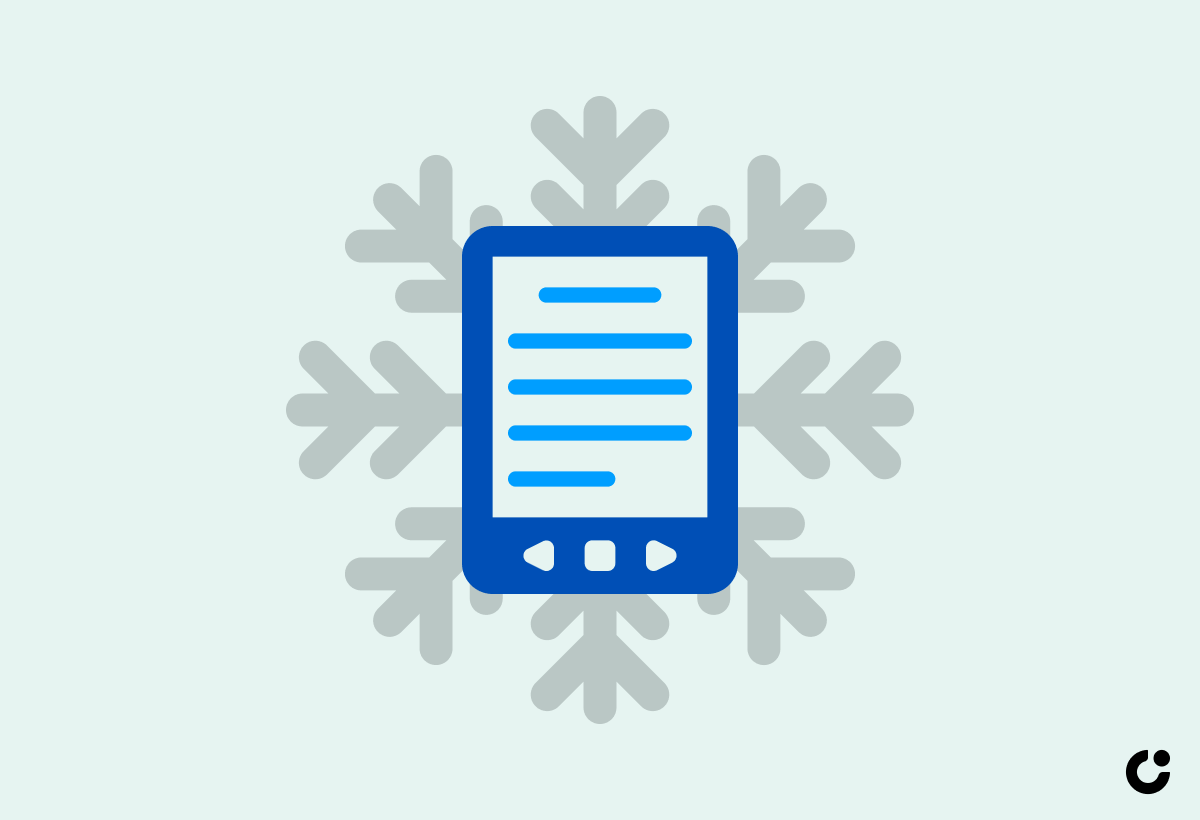Cold emailing remains a powerful yet often misunderstood tool for connecting with prospects and driving business growth. With the right techniques, it can open doors to new opportunities and help you stand out in a crowded market. Ready to master the art of writing winning cold emails? Let’s dive in and explore proven strategies, templates, and formulas that will transform your cold email game with the help of our cold email ebook.
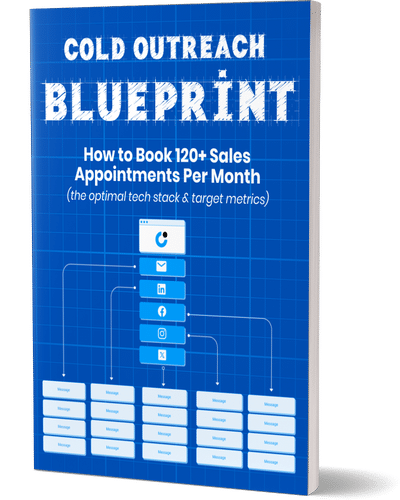
The Cold Outreach Blueprint
Learn How To Book 120+ Sales Appointments Per Month
(the optimal tech stack and target metrics)
Key Takeaways
- Unlock the power of cold emailing to benefit your business and increase reach with our cold outreach blueprint.
- Craft compelling emails with personalized subject lines, content and calls-to-action for maximum conversions.
- Leverage templates, formulas & a campaign checklist to optimize campaigns for success.
Unlocking the Power of Cold Emails
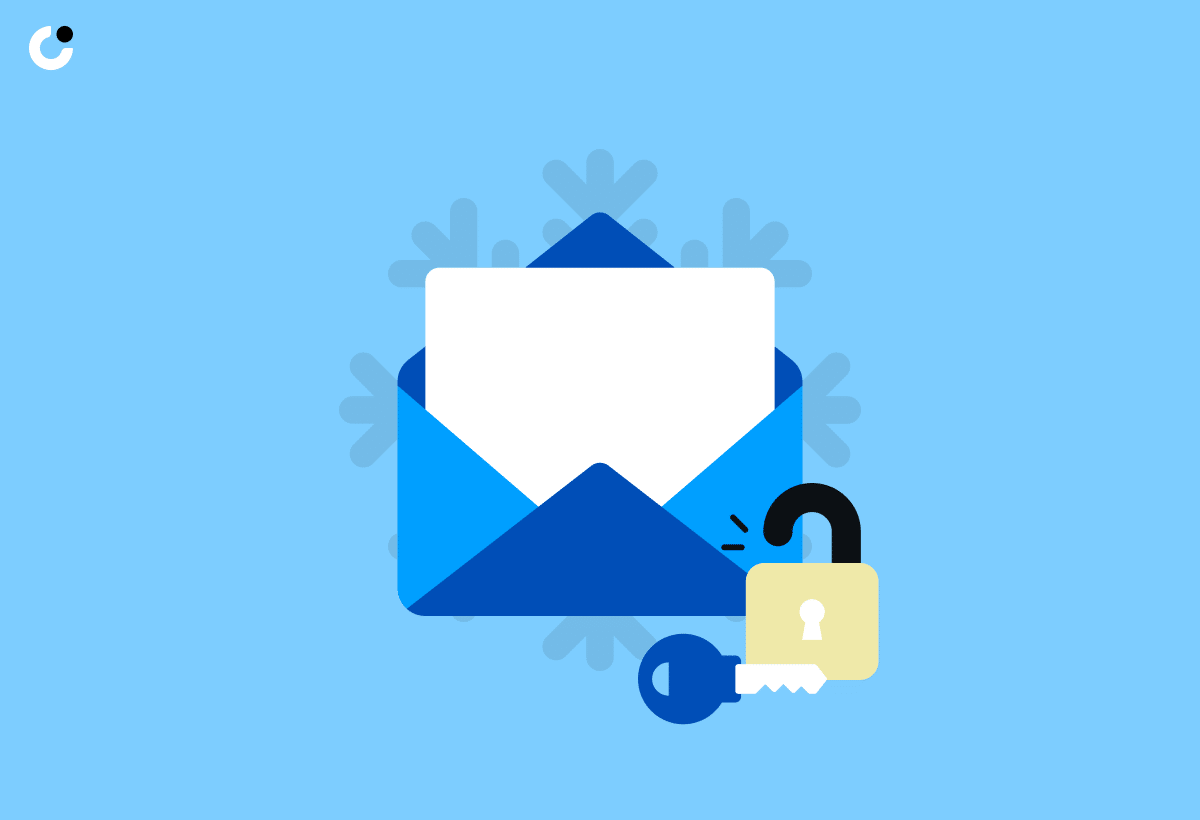
Cold emailing is an attempt to initiate contact with prospects without any prior relationship, aiming to establish connections for potential collaboration. Whether you’re in sales, marketing, or another industry, crafting the ultimate cold email can help you stand out from the competition and set you on the path to success. In some cases, a well-crafted cold call can also be an effective strategy to reach out to prospects, similar to cold calling. Cold outreach, which includes both cold emailing and cold calling, is a valuable tool for connecting with potential clients.
However, the reputation of cold emails has been tarnished by companies sending out impersonal and generic messages in bulk, leading to low open rates and general disinterest from recipients.
Addressing common challenges such as low open rates, inadequate personalization, and circumventing spam filters is the key to unlocking the true potential of cold emails. By overcoming these obstacles, you can harness the power of cold emailing and create meaningful connections with your target audience.
Benefits of Cold Emailing
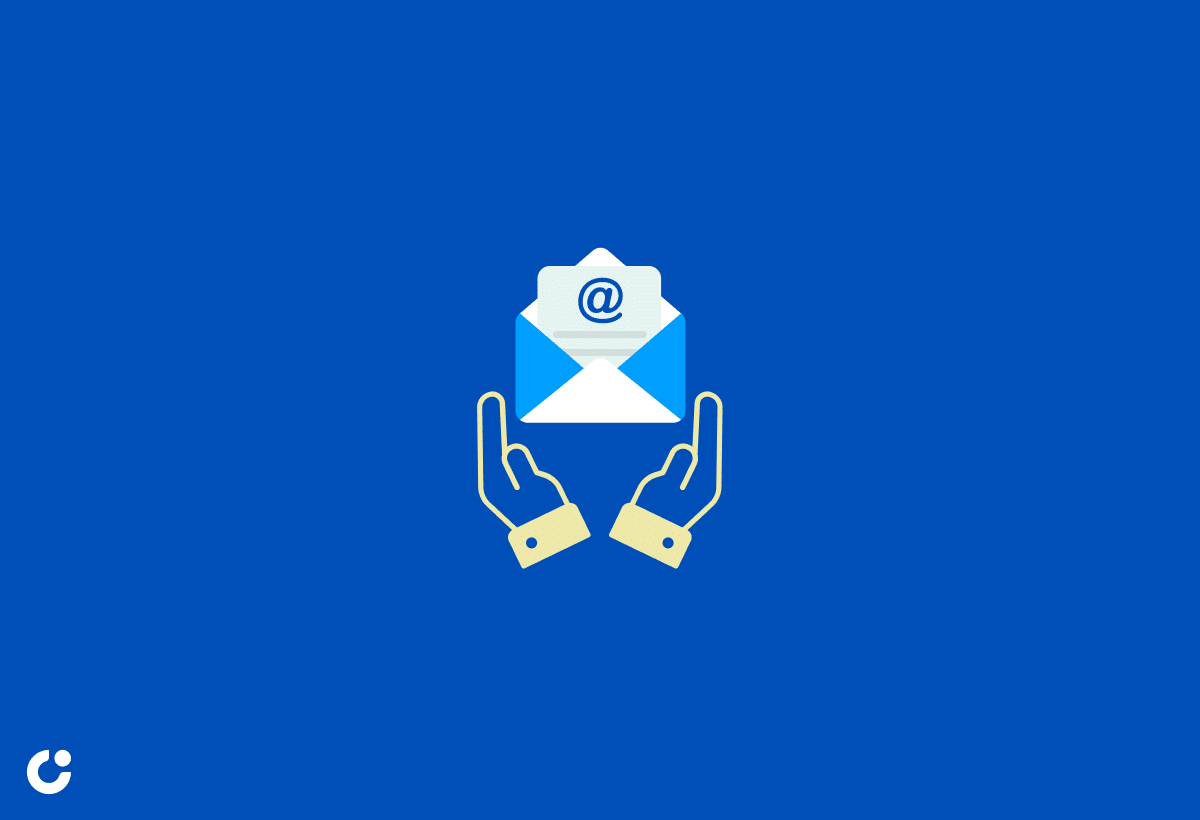
Cold emailing offers numerous advantages for businesses, including:
Reaching users where they spend the most time
Consistently engaging with potential leads
Scalability for expanding business endeavors
Operating on minimal budgets
With the potential for a high return on investment, companies have reported an average ROI of 3600% from cold emailing, with personalized subject lines increasing open rates by 50%.
Mastering the art of writing effective cold emails opens the door to these benefits and fosters the creation of new business opportunities. Cold emailing can help you:
Expand your reach
Personalize messages
Generate leads
Increase brand visibility
Track and evaluate results
Ultimately, this can contribute to the growth and success of your business.
Common Challenges in Cold Emailing

While cold emailing can lead to significant business opportunities, it’s not without its challenges. Low open rates, poor personalization, and avoiding spam filters are common issues faced by those attempting to harness the power of cold emails. In fact, the primary challenge associated with cold sales emails is typically a low open rate.
Overcoming these challenges involves optimizing open rates through a variety of measures. These include:
Personalizing the subject line
Using a company email address
Crafting compelling subject lines
Sending emails at the opportune time
Keeping the email concise
Providing valuable content
Continuously testing and refining the approach
By addressing these common challenges, you can enhance the effectiveness of your cold email campaigns and make a lasting impression on your prospects.
Crafting Compelling Cold Emails
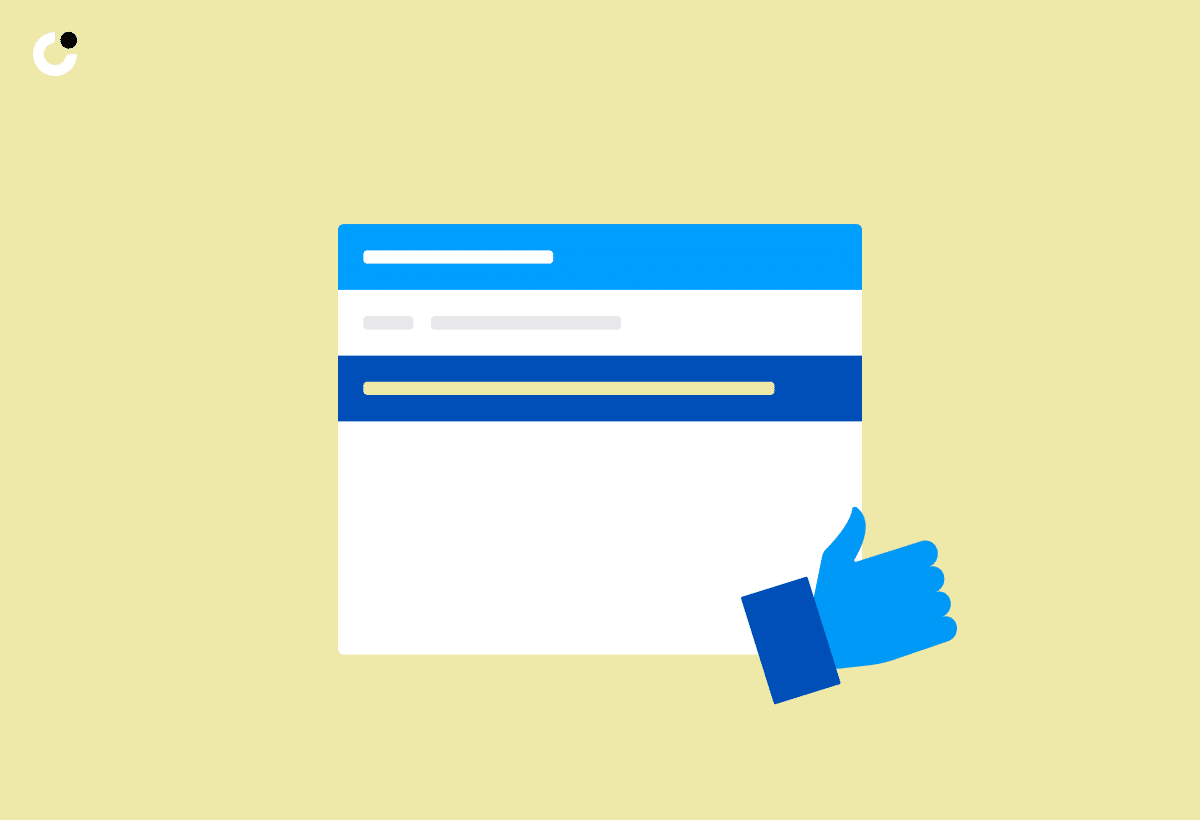
The foundation of a successful cold email campaign lies in crafting compelling emails that grab the attention of your recipients and persuade them to take action. This involves mastering the art of attention-grabbing subject lines, effective personalization techniques, and strong calls-to-action that drive results.
Mastering the skill of crafting cold emails that resonate with your target audience boosts your chances of converting prospects into customers. In the following sections, we’ll explore proven techniques and strategies for crafting compelling cold emails that not only engage your audience but also convert them into loyal clients.
Subject Lines That Grab Attention
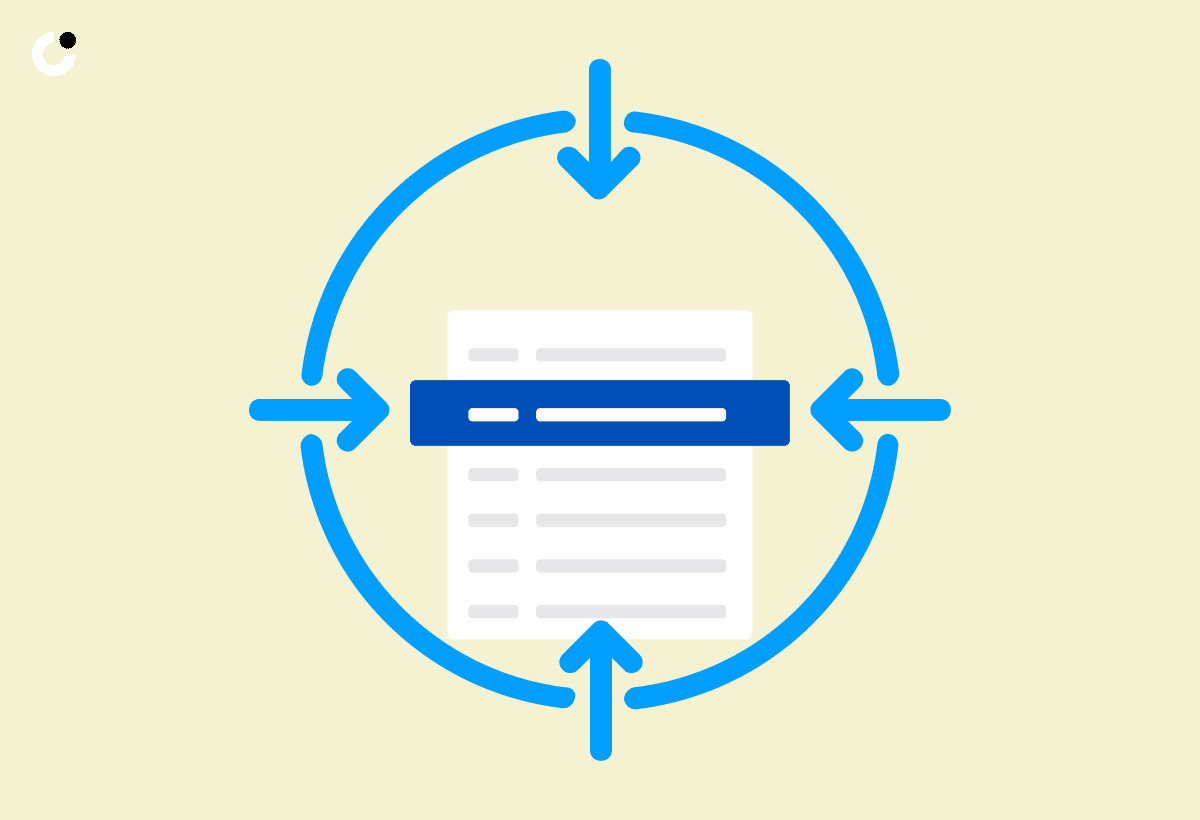
The subject line plays a crucial role in determining whether your email gets opened or goes unnoticed in a crowded inbox. A captivating subject line should be relevant, intriguing, and tailored to the needs of your audience. Crafting standout subject lines that spark curiosity enhances open rates and the likelihood your message gets read.
To create subject lines that grab attention, consider:
Conducting research on your prospects and their pain points
Using strong action verbs
Testing different subject line variations to determine which ones resonate the most with your audience
Investing time and effort into perfecting your subject lines augments the likelihood of your cold emails being opened and read by your target audience.
Personalization Techniques
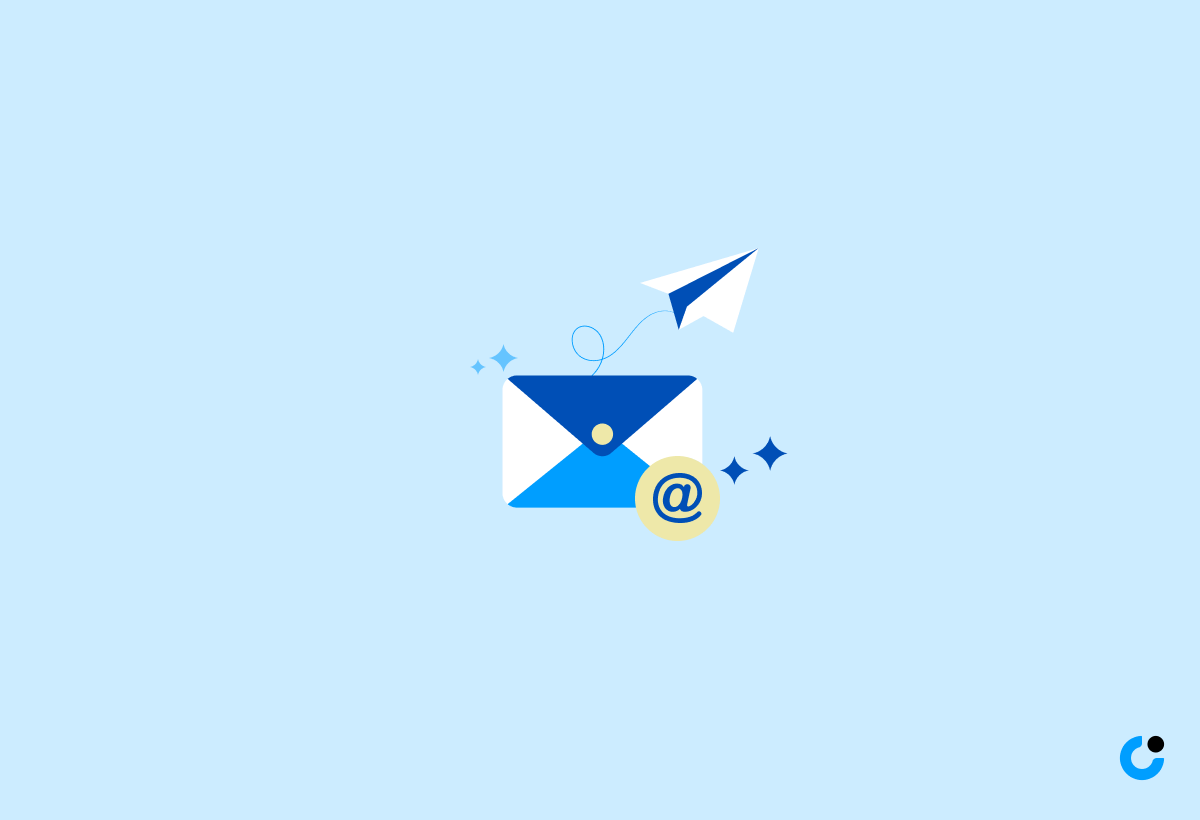
Personalization is a key aspect of cold emailing that can significantly improve the engagement and conversion rates of your campaigns. By tailoring your message to the individual needs and preferences of your prospects, you can:
Create a more compelling and relevant experience
Increase the chances of getting a response
Build a stronger relationship with your prospects
Leave a lasting impression
One effective personalization technique is the PPP formula (Praise, Problem, Pitch), which involves offering genuine praise to your prospect, identifying their problem, and presenting your product or service as the solution. Utilizing personalization techniques like the PPP formula allows you to demonstrate an understanding of your prospect’s needs and highlight the value your offering can bring to their lives.
This targeted approach can significantly increase the chances of converting prospects into customers.
Call-to-Action Best Practices

A strong call-to-action (CTA) is essential for driving results from your cold email campaigns. It should be clear, concise, and persuasive, guiding your prospect towards the desired action while emphasizing the value they will gain by doing so.
To create effective CTAs, follow these tips:
Use action verbs that highlight the benefits of taking the desired action
Avoid a salesy or pushy tone
Make sure your CTA is focused on a single action
Avoid overwhelming the recipient with multiple options
Crafting compelling and clear calls-to-action enhances the probability of your recipients taking the desired action, thereby boosting the success of your cold email campaigns.
Cold Email Templates and Formulas
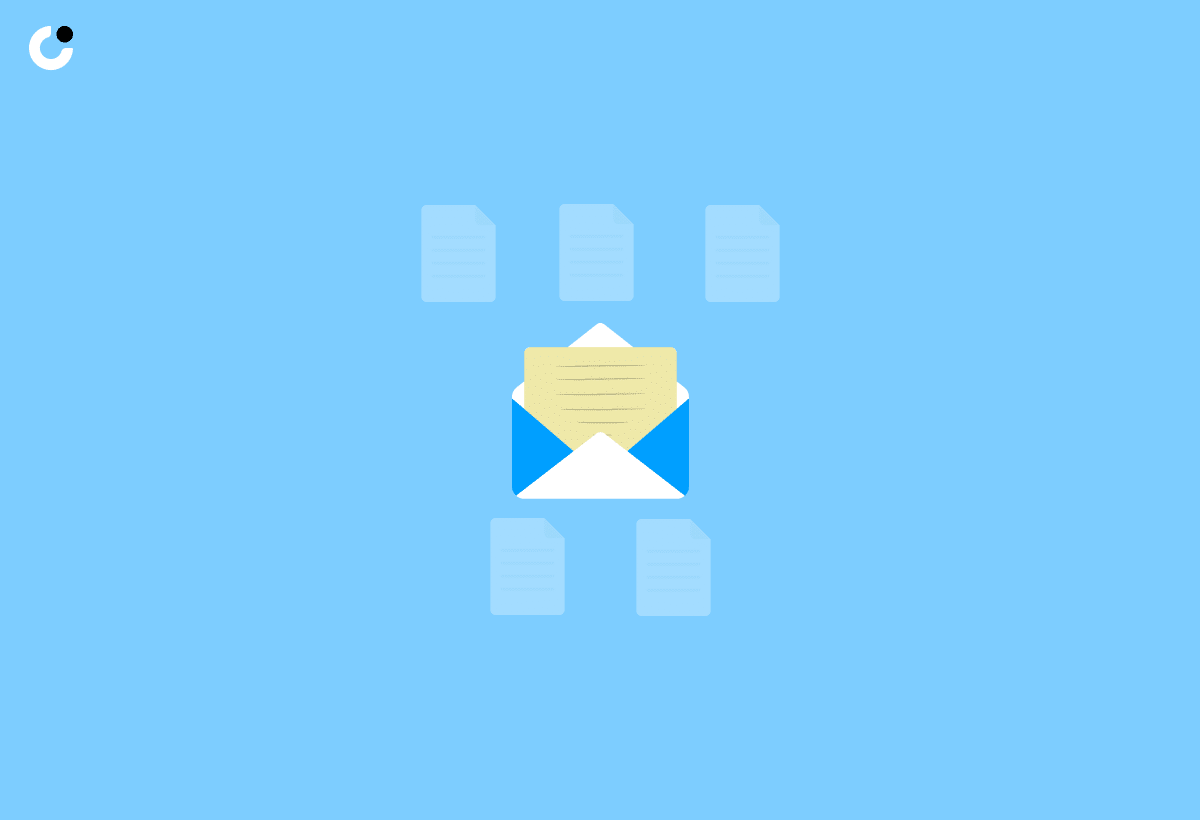
Having a variety of cold email templates and formulas at your disposal can help you craft emails that are tailored to your objectives and resonate with your target audience. Utilizing proven templates and formulas offers time-saving benefits and increases the effectiveness of your cold email campaigns.
In the following sections, we’ll explore some popular cold email templates and formulas, such as the AIDA model, PAS formula, and BYAF technique. These templates and formulas can help you create targeted and persuasive cold emails that engage your recipients and drive action.
AIDA Model
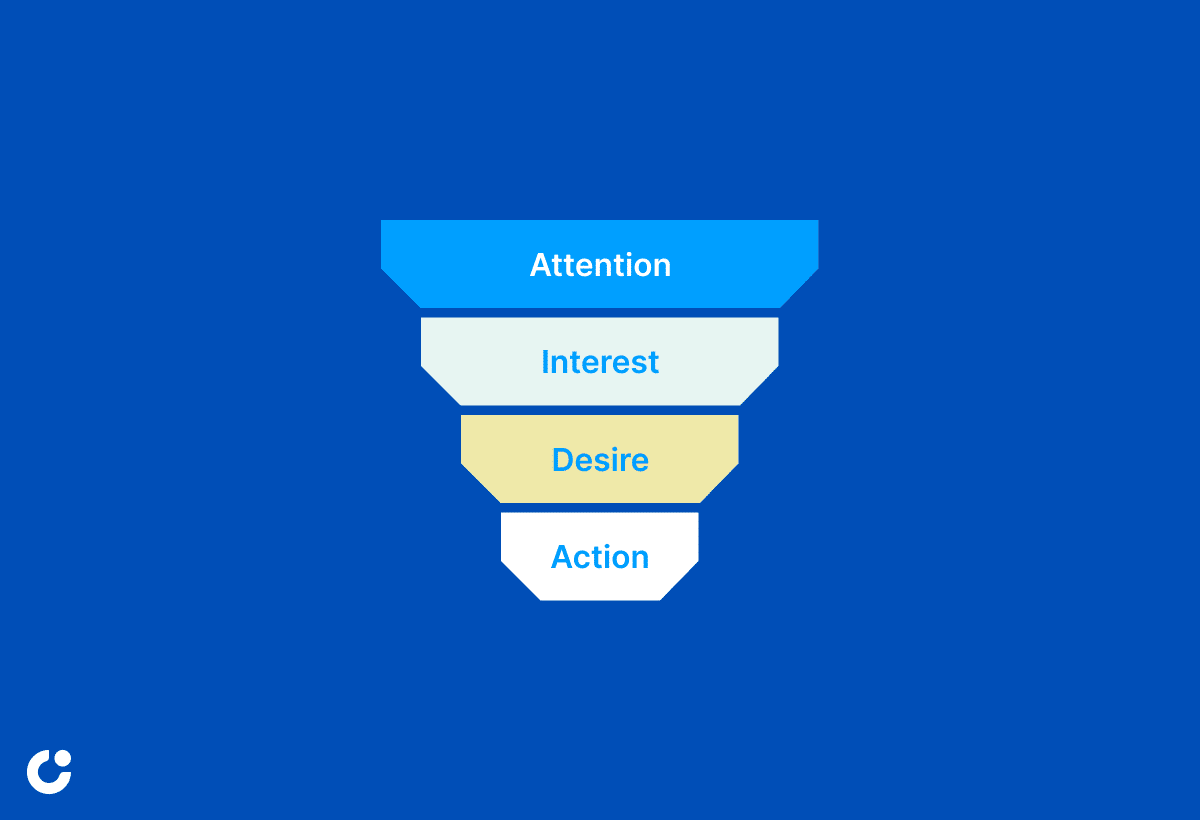
The AIDA model is a popular marketing formula that stands for:
Attention
Interest
Desire
Action
Following this model enables you to craft cold emails that engage recipients, generate interest, and motivate them to take the desired action.
Start by capturing the recipient’s attention with an intriguing subject line or opening sentence that sparks their curiosity. Next, increase interest by emphasizing the value or advantages of your product or service, focusing on how it can address a problem or satisfy a need for the recipient. Foster desire by showcasing social proof, testimonials, or success stories that demonstrate the positive outcomes others have achieved with your offering.
Finally, encourage the recipient to take action by including a clear and specific call-to-action, such as scheduling a call, requesting more information, or making a purchase. Utilizing the AIDA model empowers you to create cold emails that engage recipients, pique interest, and encourage them to take the desired action.
PAS Formula

The PAS formula (Problem, Agitate, Solve) is a marketing formula that allows you to address your prospect’s pain points and offer solutions in your cold emails. By identifying a problem your prospect is facing and agitating it to create a sense of urgency, you can present your product or service as the ideal solution to their needs.
Begin by identifying the problem your prospective client is experiencing and illustrating how your product or service can provide a solution. Be careful not to provoke the prospect with an issue that cannot be resolved by your offering.
The PAS formula aids in crafting cold emails that effectively address your prospect’s pain points and underscore the value your solution offers.
BYAF Technique

The BYAF (But You Are Free) technique is a cold email formula that acknowledges the recipient’s right to decline your email, while still increasing the chances of a positive response. This technique eliminates the pressure that typically arises when a prospect receives a cold email, creating a more amiable impression of the sender.
To implement the BYAF technique in your cold emails, simply add a phrase that acknowledges the recipient’s freedom to say “no” or ignore your email. This subtle acknowledgment can help put your prospect at ease and make them more likely to respond positively.
Cold Email Campaign Optimization
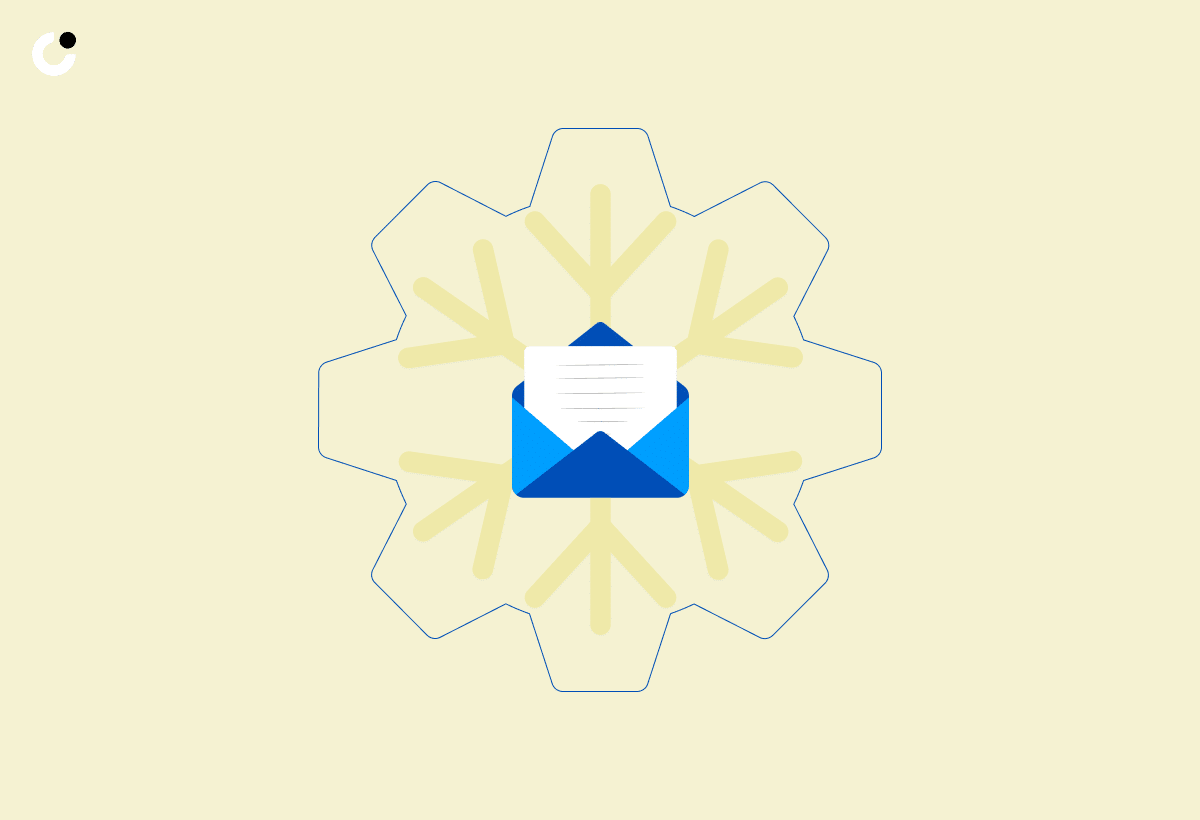
Optimizing your cold email campaigns is crucial for achieving the best results. By continuously testing and analyzing the performance of your emails, adjusting the timing and frequency, and ensuring your emails avoid spam filters, you can significantly improve the effectiveness of your cold email campaigns.
In the following sections, we’ll explore strategies for optimizing your cold email campaigns through testing and analyzing results, determining the optimal timing and frequency for sending emails, and avoiding the spam folder. By implementing these best practices, you can maximize the success of your cold email campaigns and drive results for your business.
Testing and Analyzing Results
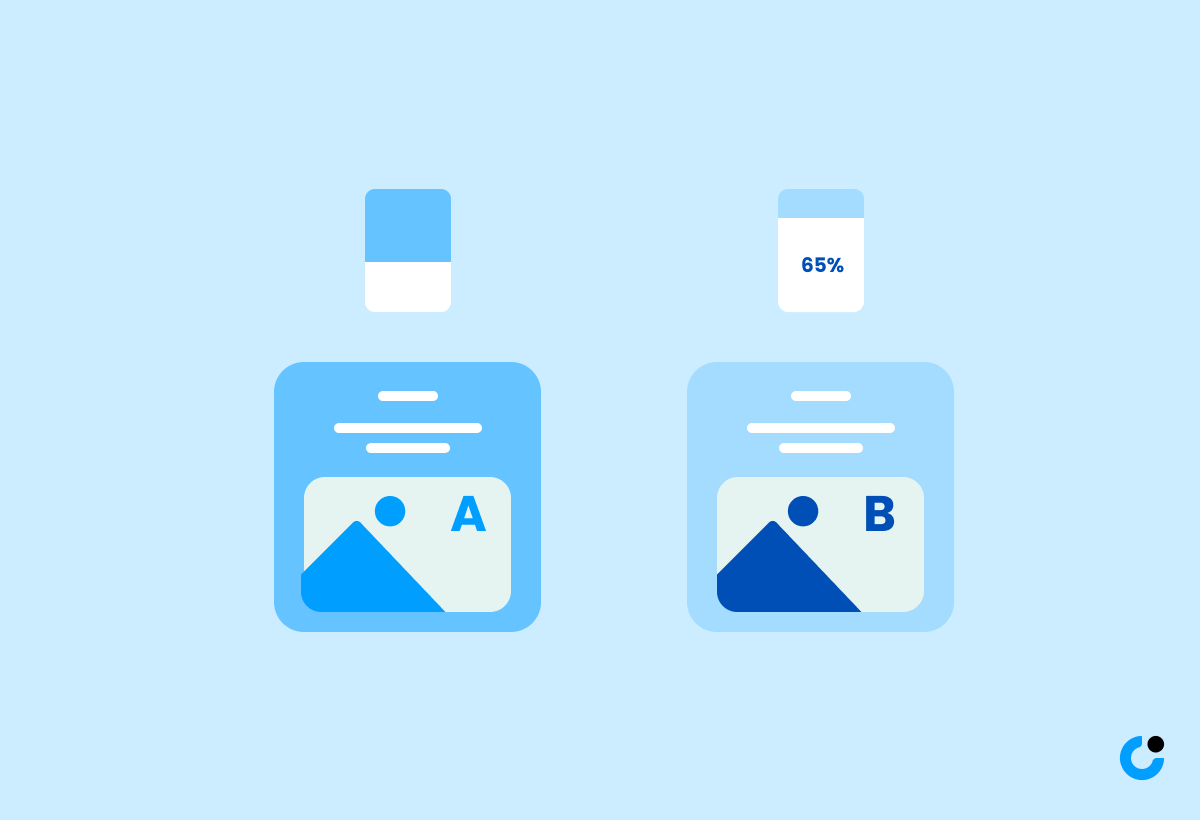
Constant testing and performance analysis of your emails is a key factor in ensuring the success of your cold email campaigns. This allows you to identify areas for improvement, refine your approach, and ultimately increase your open and response rates.
Some effective tools for testing cold email campaigns include:
Utilizing these tools and regularly evaluating campaign results facilitates data-driven decision making and the optimization of your cold email campaigns for utmost effectiveness.
Timing and Frequency
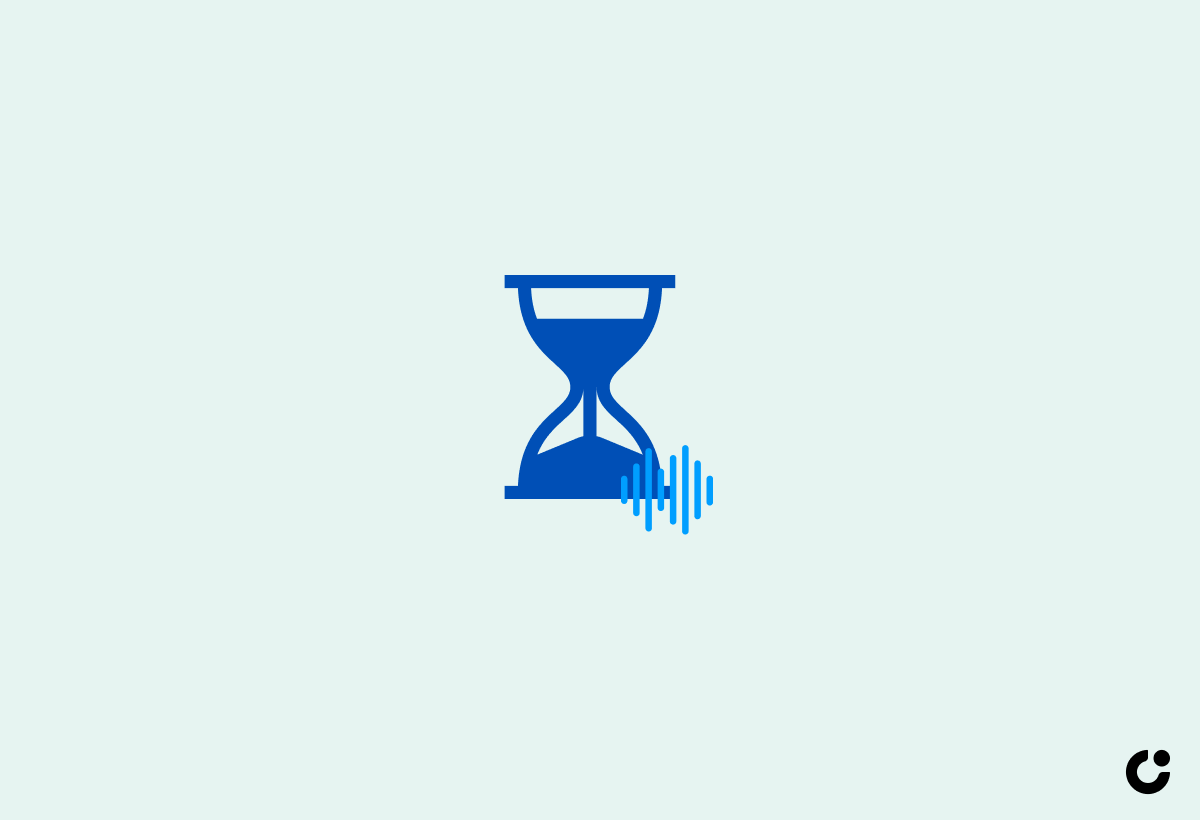
Determining the optimal timing and frequency for sending your cold emails is critical for maximizing engagement and response rates. Research indicates that Tuesdays and Thursdays are the best days to send cold emails, with the early morning (around 8 a.m.) being the most effective time.
When it comes to follow-up emails, it’s recommended to wait 3-7 days before sending the first follow-up email after the initial cold email, with subsequent follow-up emails sent every few days to a week.
Adjusting the timing and frequency of your cold emails based on these insights amplifies the chances of your messages being opened, read, and responded to.
Avoiding the Spam Folder
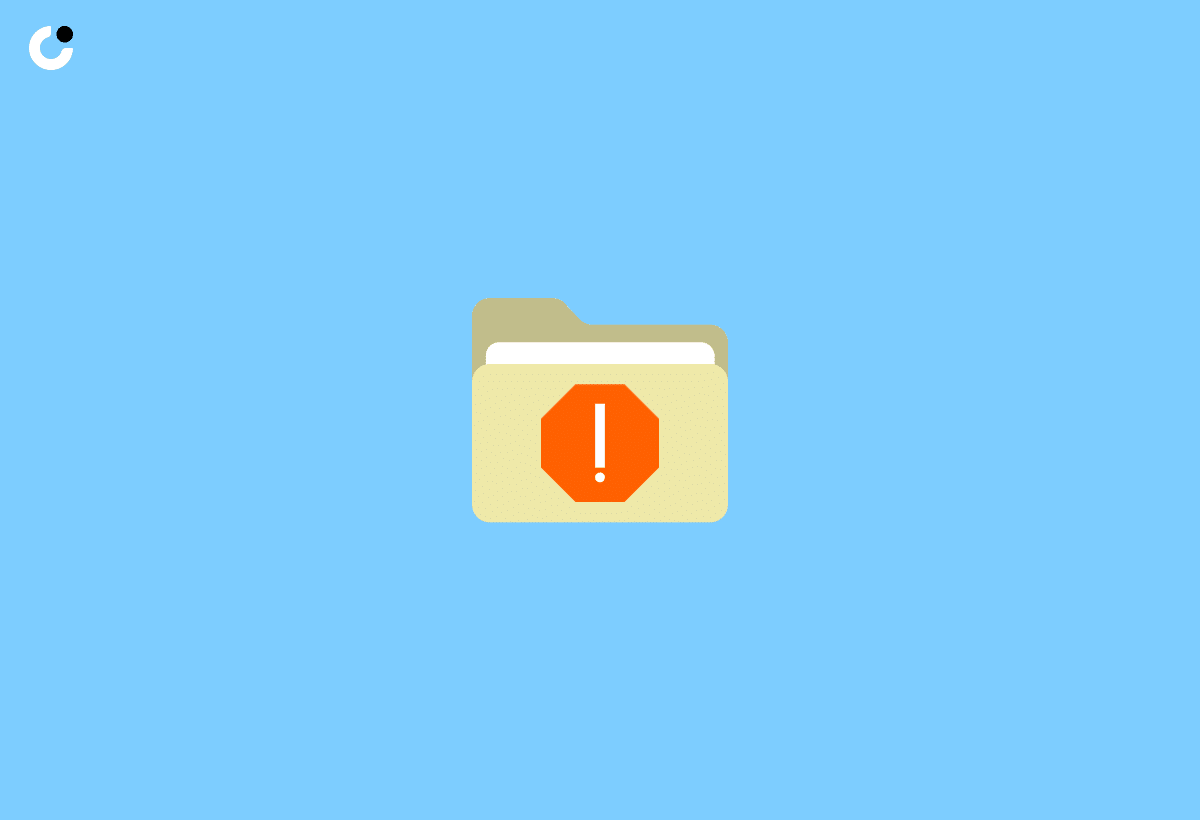
Ensuring that your cold emails avoid spam filters and reach your target audience is crucial for the success of your campaigns. To avoid the spam folder, keep emails short and concise, avoid using words that could trigger spam filters, and limit the number of cold emails sent per day.
Additionally, the subject line and email content play a significant role in avoiding spam filters. Careful selection of your subject line and scrutiny of your email content for features commonly associated with spam emails can reduce the odds of your cold emails being flagged as spam and increase their deliverability to your prospects’ inboxes.
Cold Email Ebook: What's Inside?
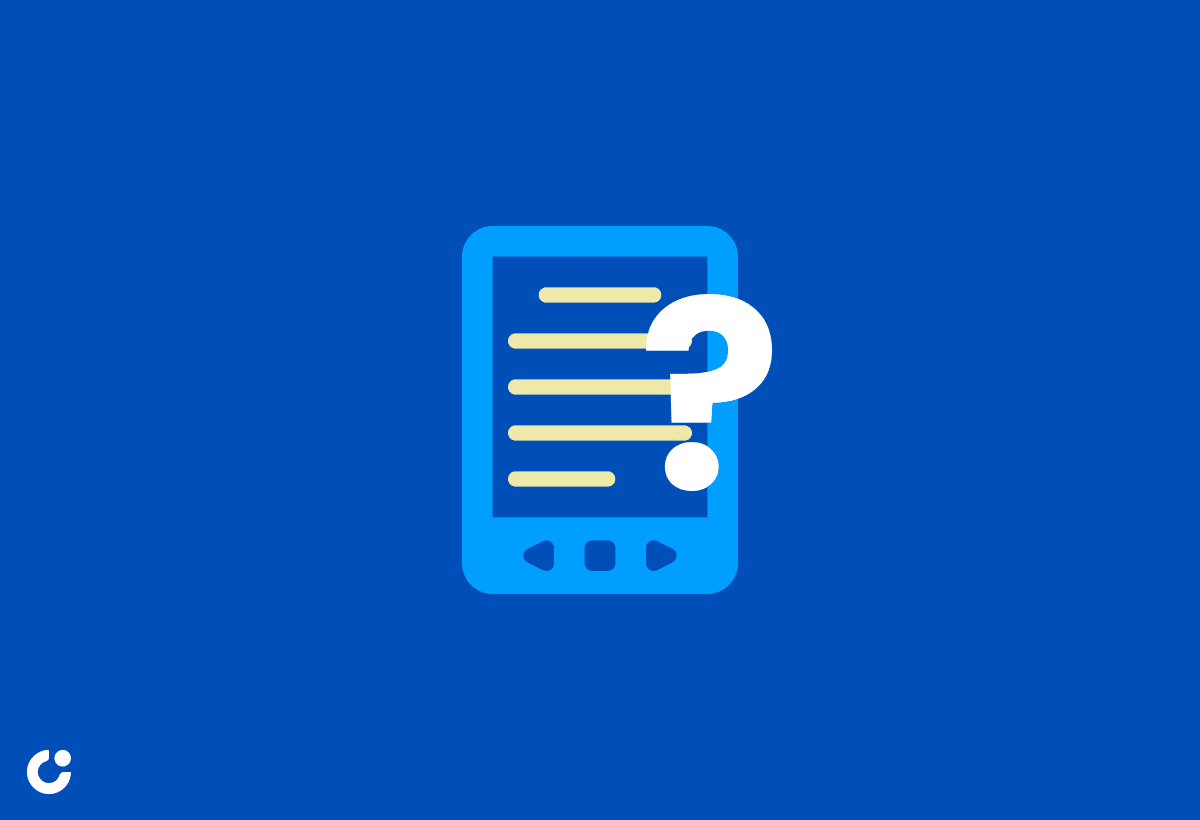
If you’re ready to dive even deeper into the world of cold emailing, the cold email ebook is a comprehensive resource packed with valuable insights and strategies for crafting compelling emails, using proven templates and formulas, and optimizing your campaigns for success.
Available for free download, this ebook covers a wide range of topics, including crafting persuasive subject lines, personalizing emails, improving open rates and response rates, and much more.
To access the complete cold email ebook, simply visit: coldoutreach.com/blueprint
Bonus Content: Cold Email Campaign Checklist
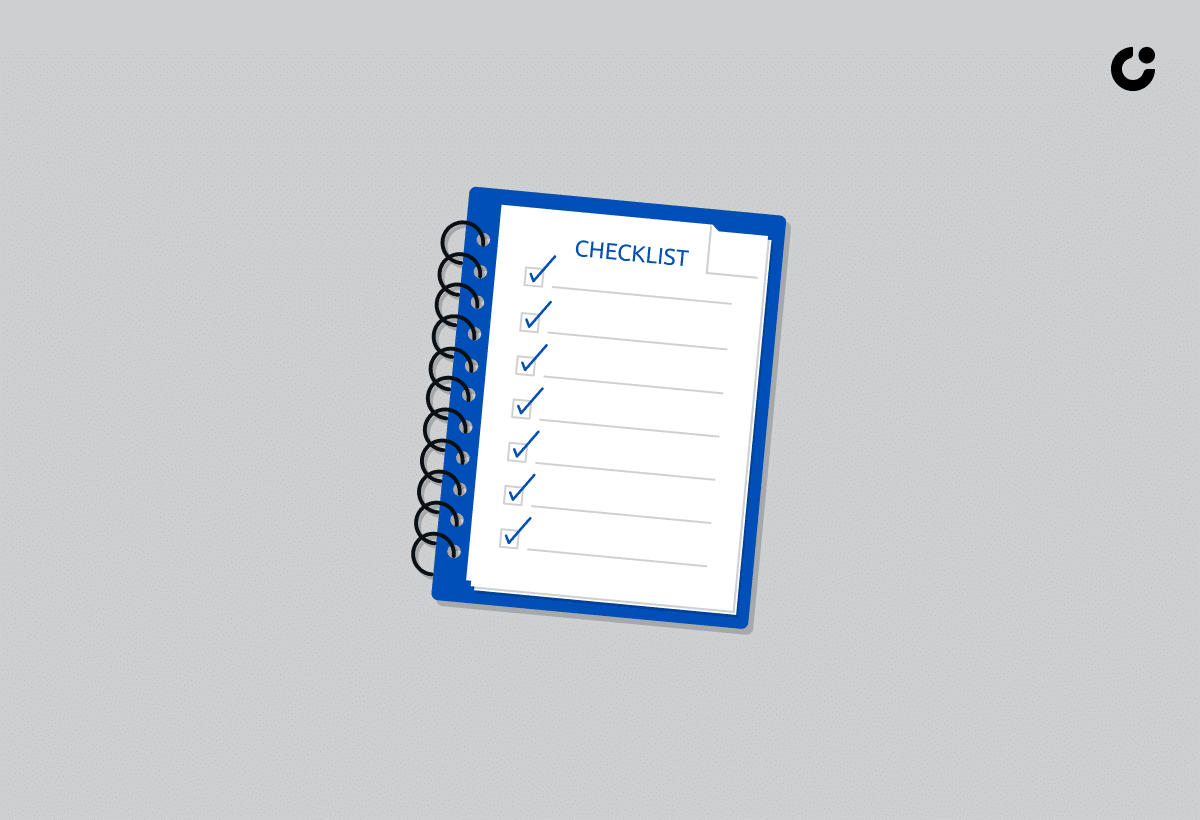
In addition to the cold email ebook, you can also access bonus content, including a comprehensive cold email campaign checklist to help you set up and execute successful cold email campaigns. This checklist covers essential steps such as identifying and segmenting your target audience, crafting a tailored message, personalizing the email, validating yourself and demonstrating credibility, and offering value to your prospects.
By following this checklist, you can ensure that your cold email campaigns are well-planned, targeted, and effective. To achieve this, it’s crucial to write cold emails that resonate with your audience.
Summary
Cold emailing, when done effectively, can be a powerful tool for connecting with prospects and driving business growth. By mastering the art of crafting compelling cold emails, utilizing proven templates and formulas, and optimizing your campaigns, you can unlock the true potential of cold emailing and create meaningful connections with your target audience. Don’t let the challenges of cold emailing hold you back – with the right techniques and strategies, you can turn cold prospects into loyal customers and achieve lasting success.
Frequently Asked Questions
Is cold emailing illegal?
No, cold emailing isn't illegal; however, businesses need to comply with relevant anti-spam laws to ensure legal compliance. Still, there are risks associated with this marketing strategy, such as damaging one's reputation or recipients marking emails as spam.
Can you make money from cold emails?
Cold email is an effective way to make money, especially for entrepreneurs looking to launch new startups. You need the right skills and experience and an attractive message that resonates with your audience in order to have success with cold emails. With the proper approach, it's possible to make money from cold emails.
How do you write a cold email that always get read?
To write a cold email that will always get read, start by personalizing the message to the recipient. Make sure to include yourself and why you are qualified to address their needs. Keep the email short, easy-to-read and include an actionable request that clearly highlights the benefits for them. Use a conversational, friendly tone and don't send out more than 50 emails in one day.
Is cold emailing still effective?
Cold emailing is still a highly effective channel for B2B sales, as long as it is approached correctly. Studies have shown that in 2025, it remains one of the best methods.
What is the optimal length for a cold email?
The optimal length for a cold email is between 3 and 5 sentences. It should have a professional tone, make a connection with the reader, and include a clear conclusion in the first sentence without any introduction or summary. This means that the email should be concise and to the point. It should also be tailored to the recipient, as this will help to create a more personal connection

